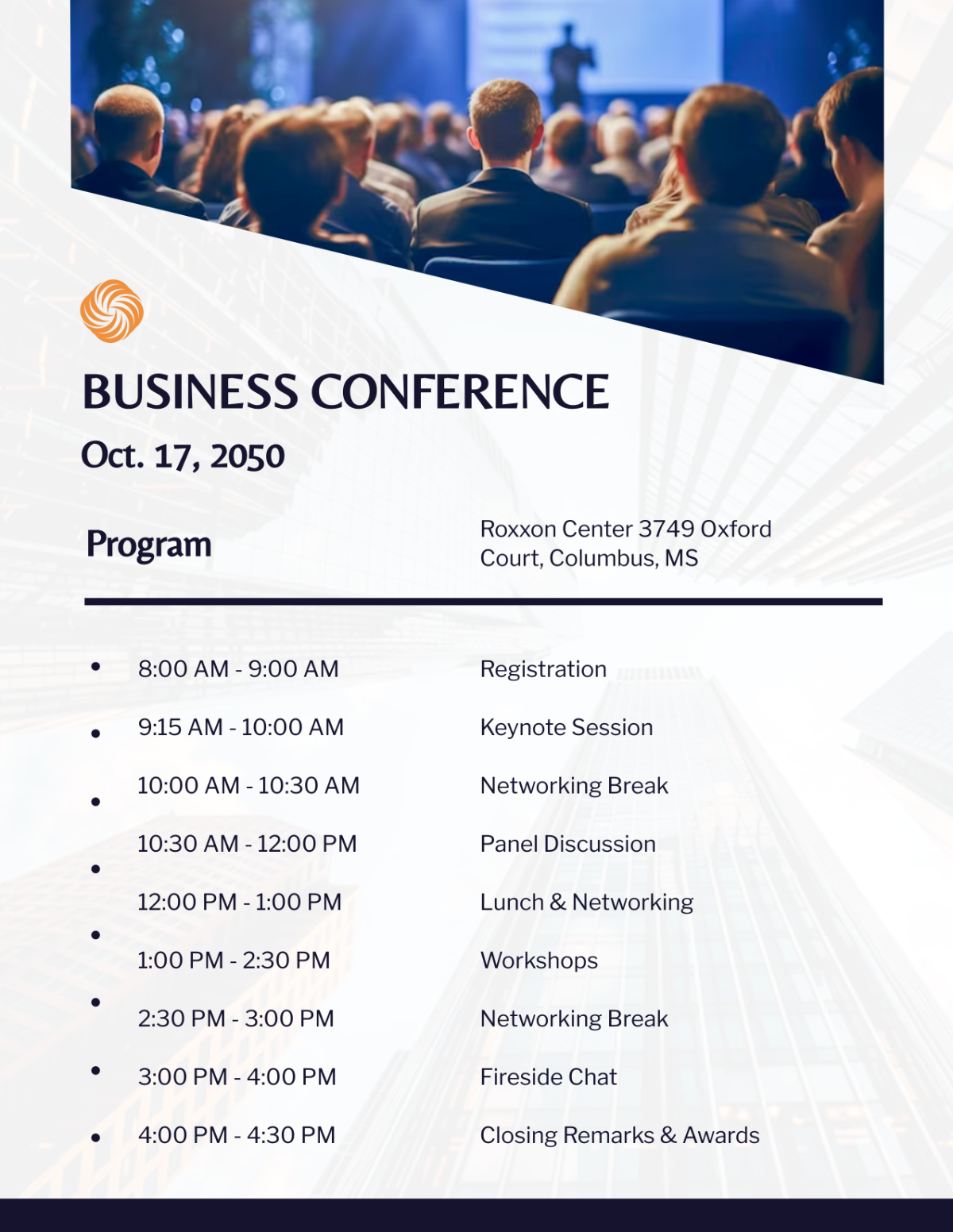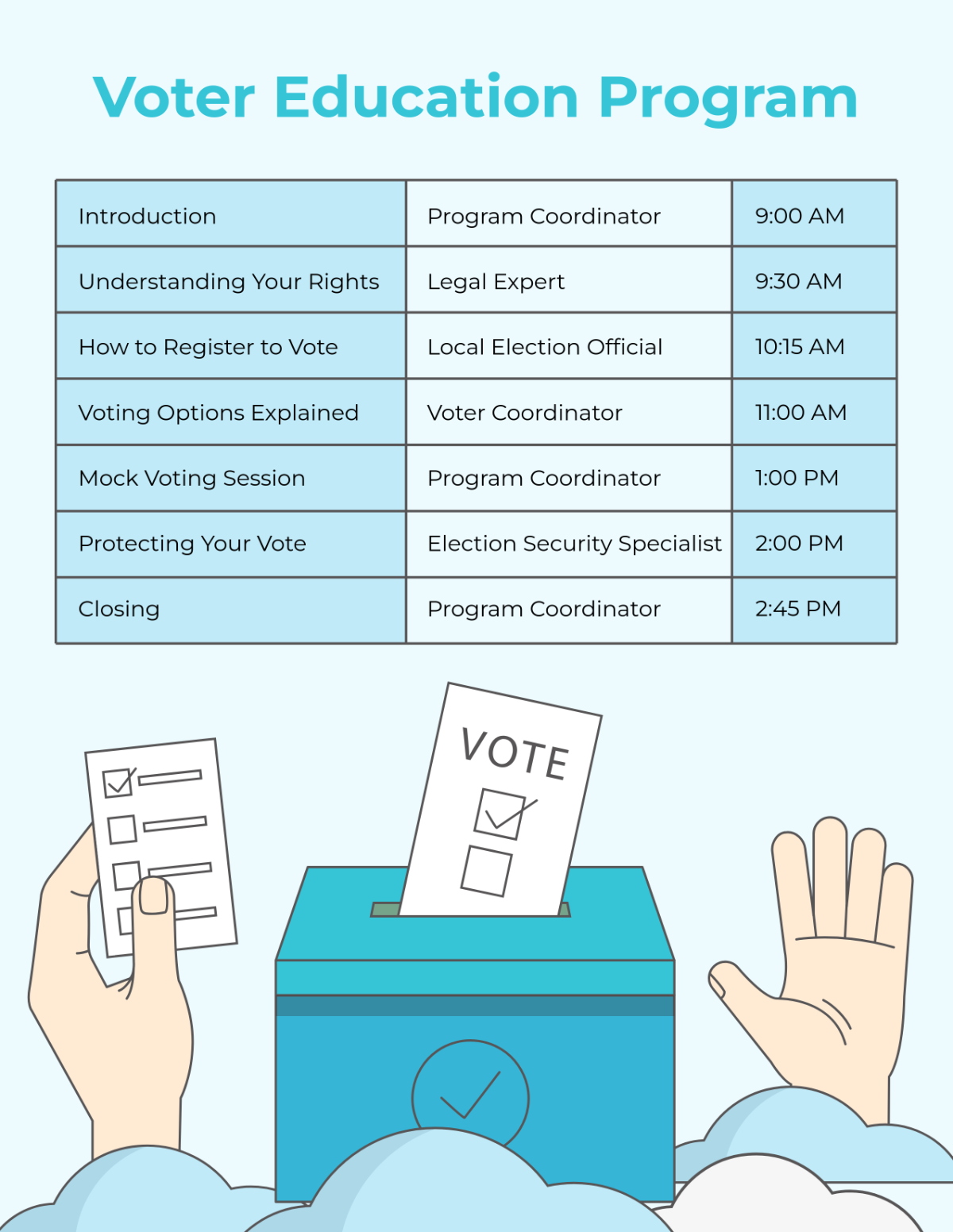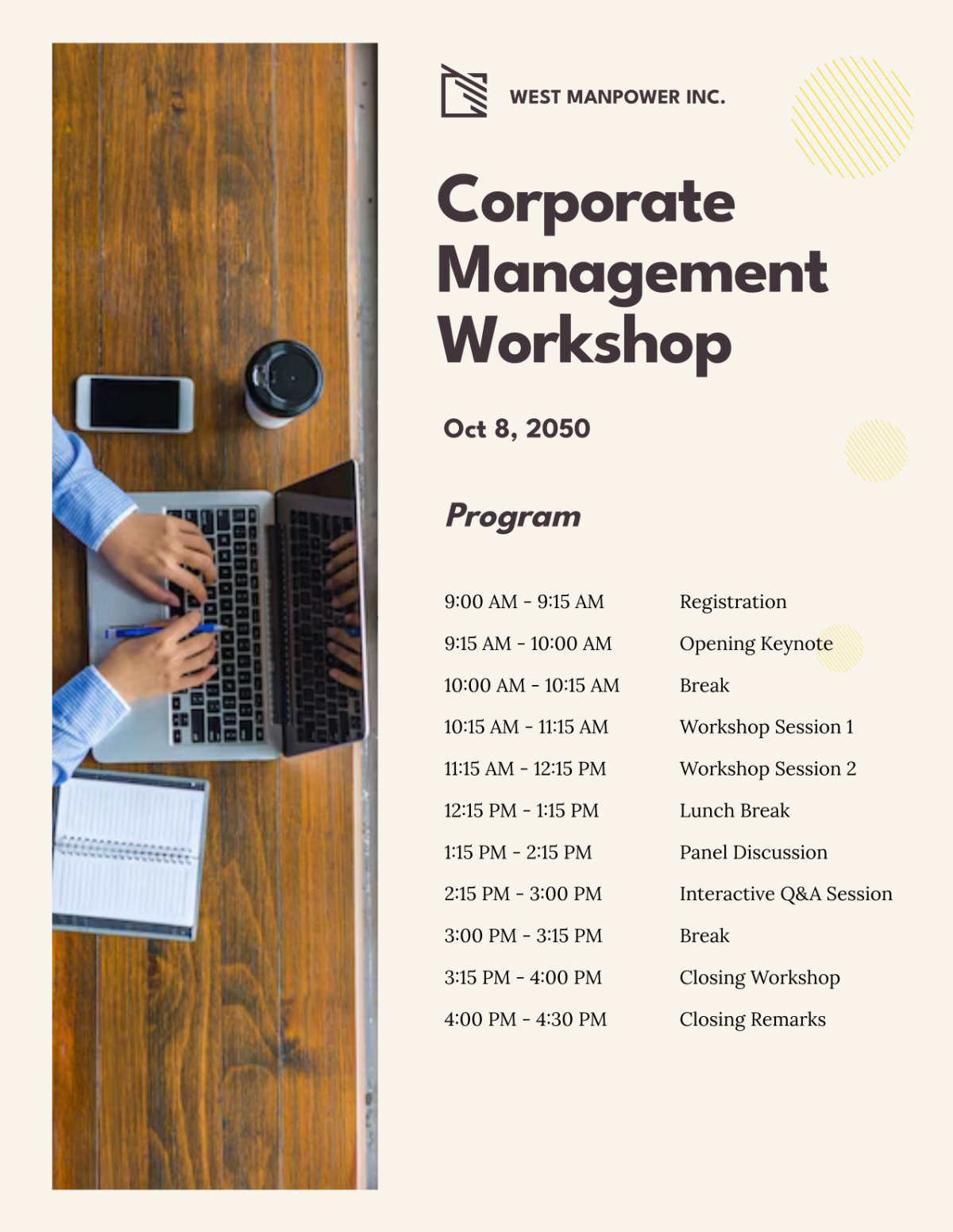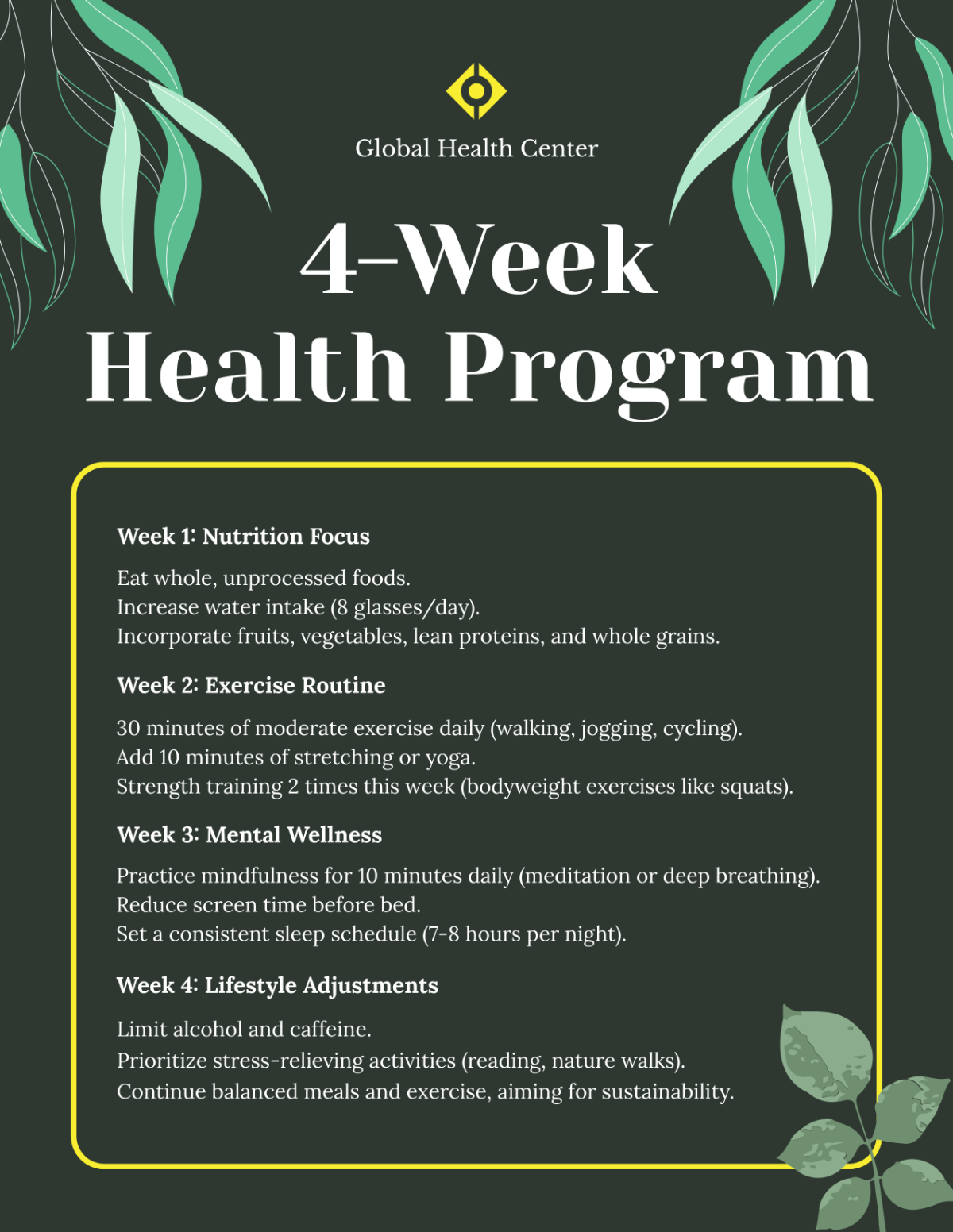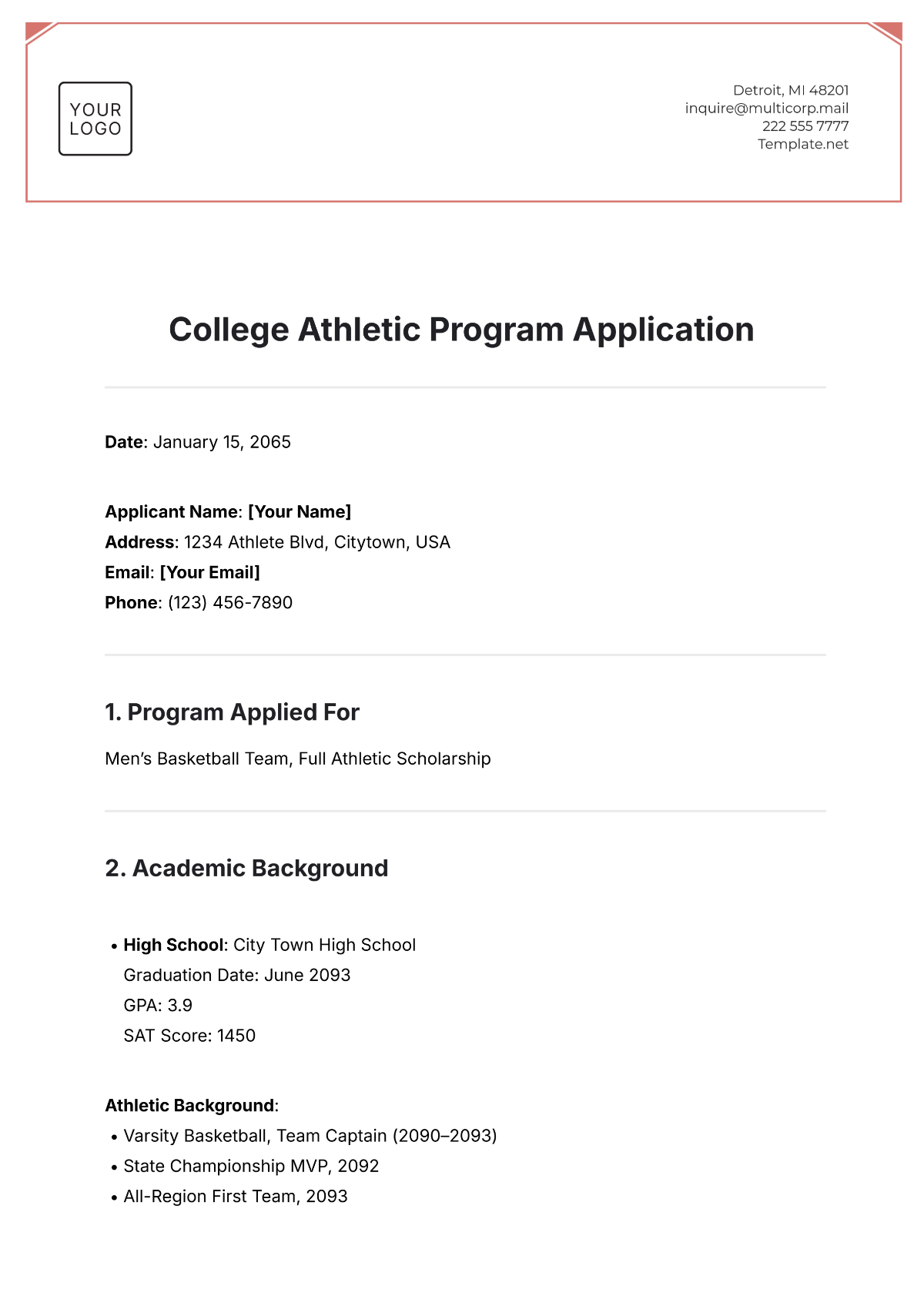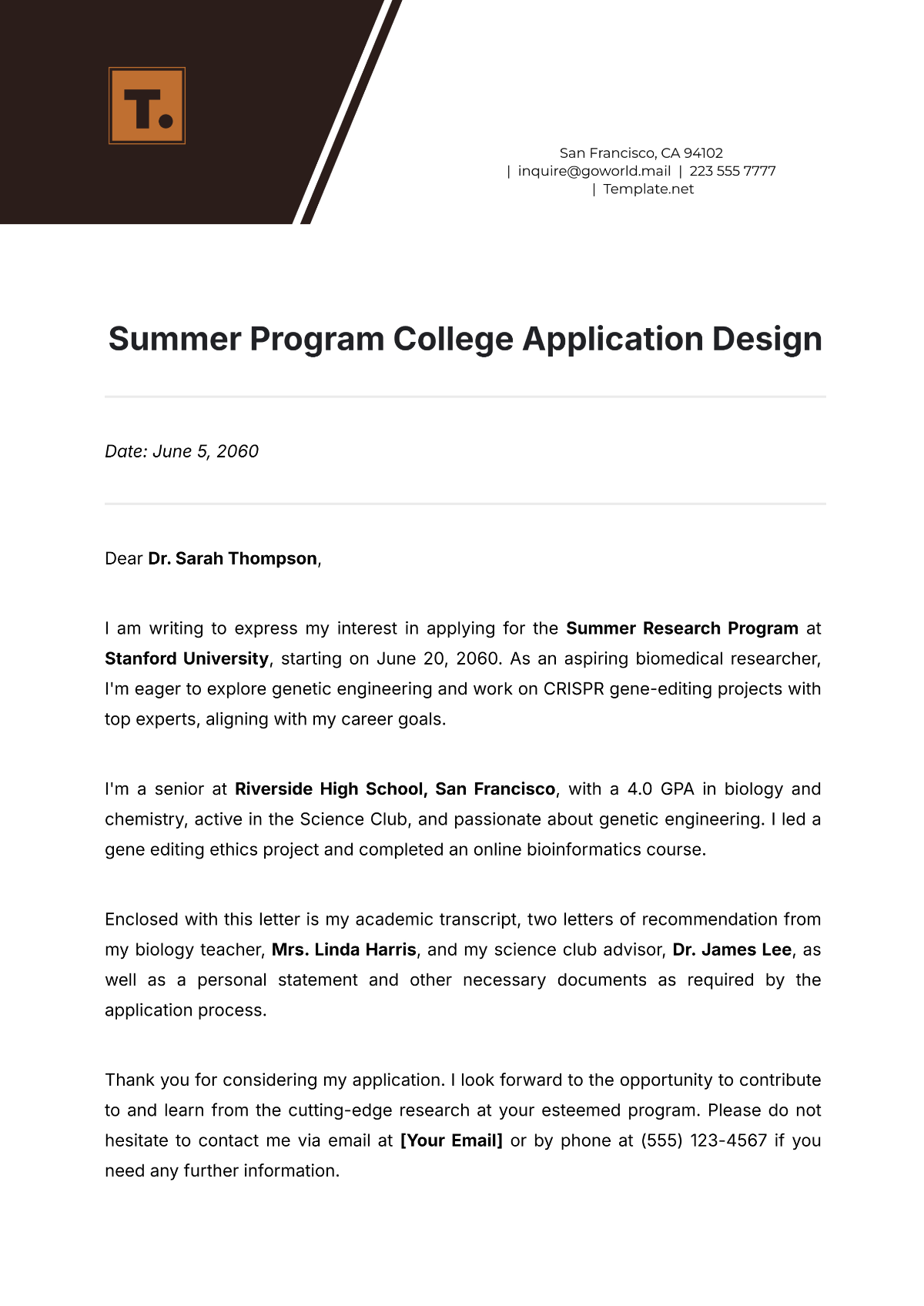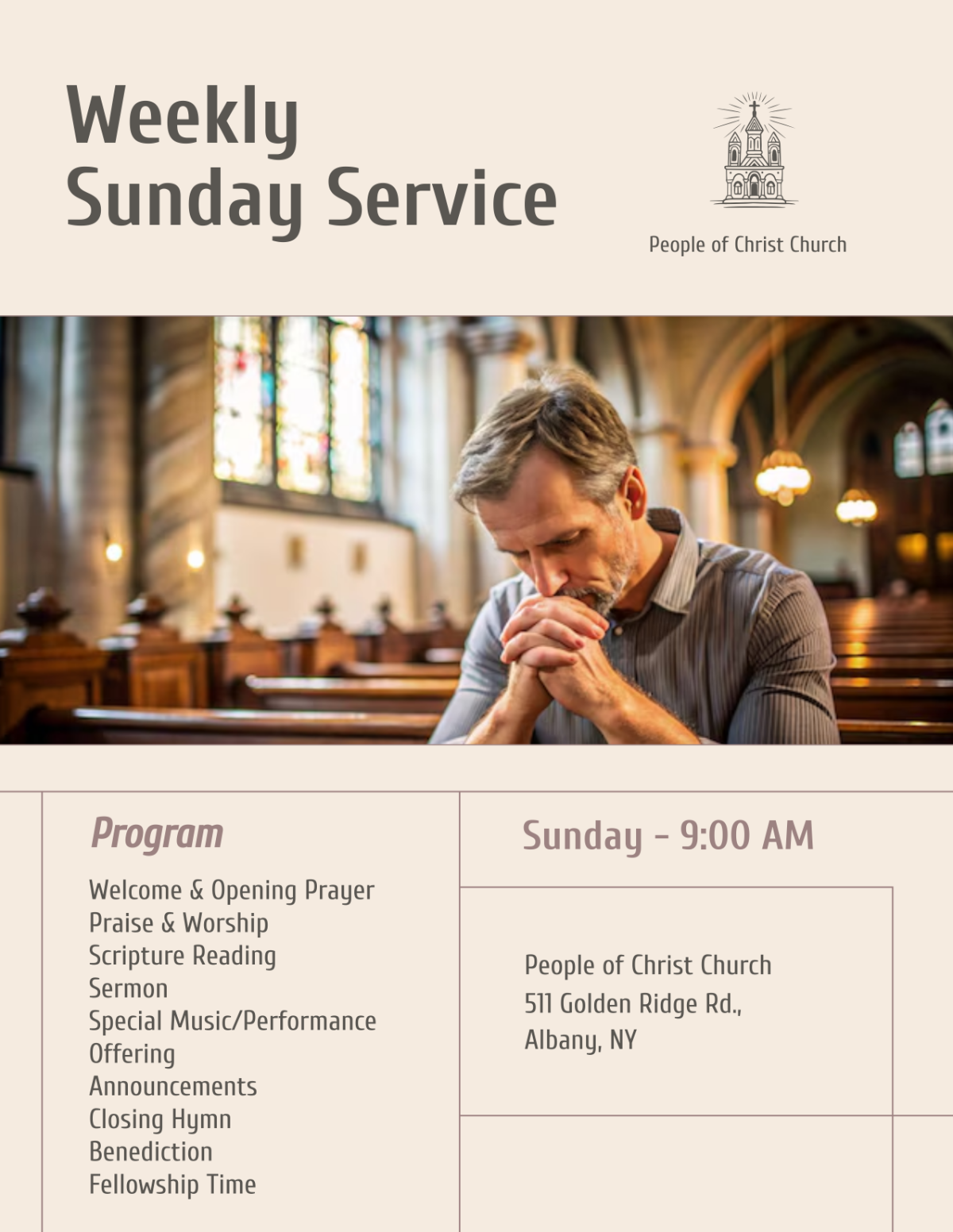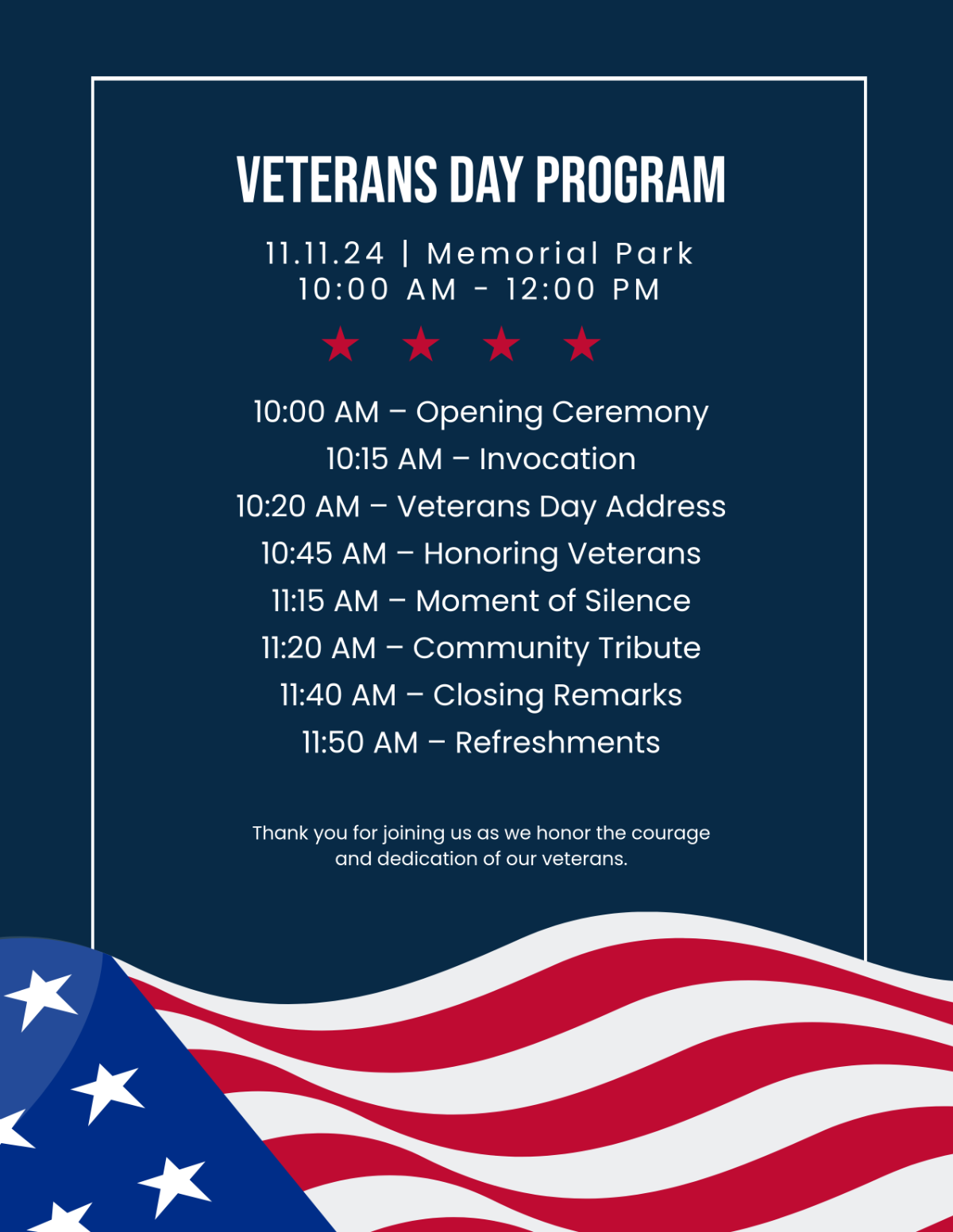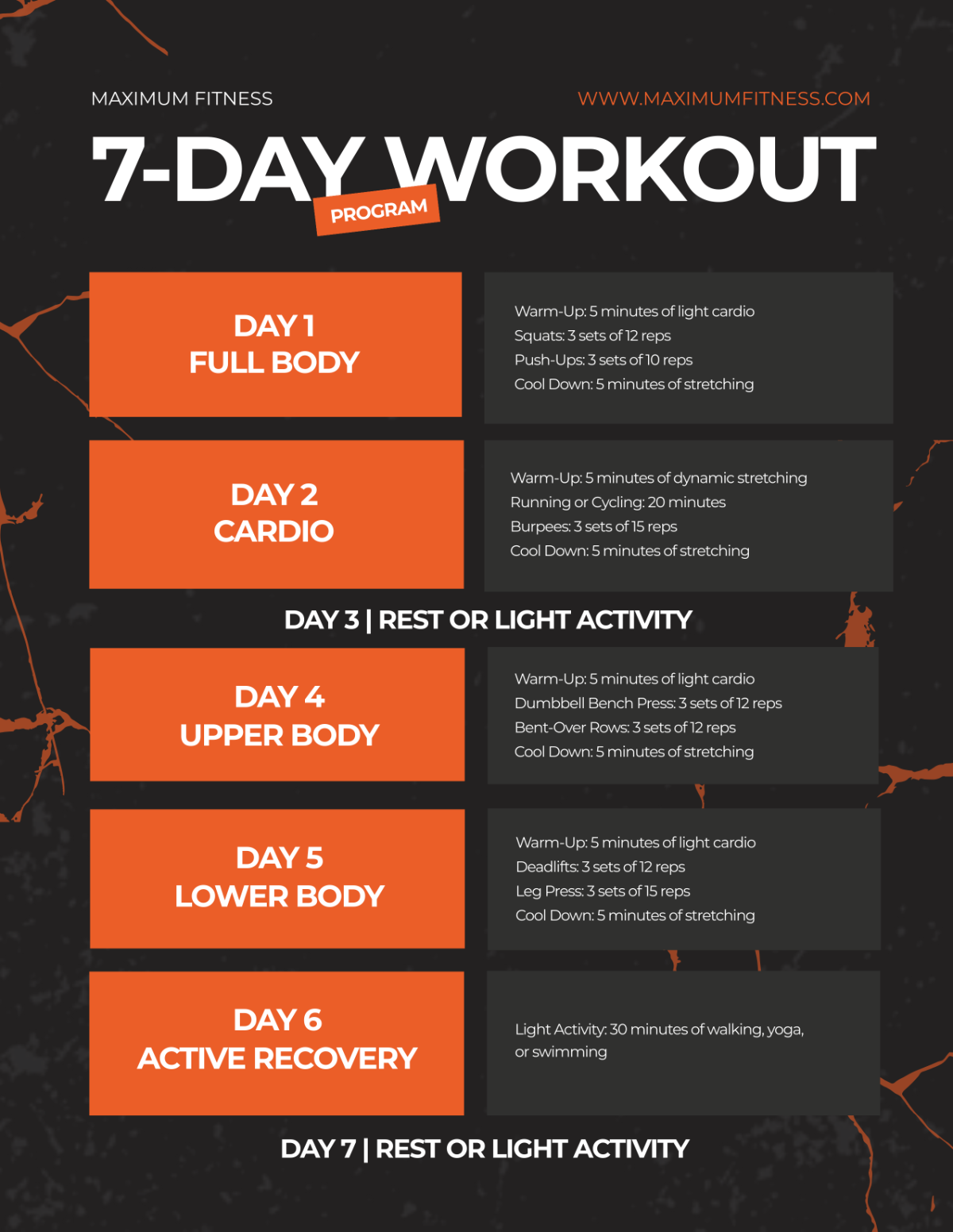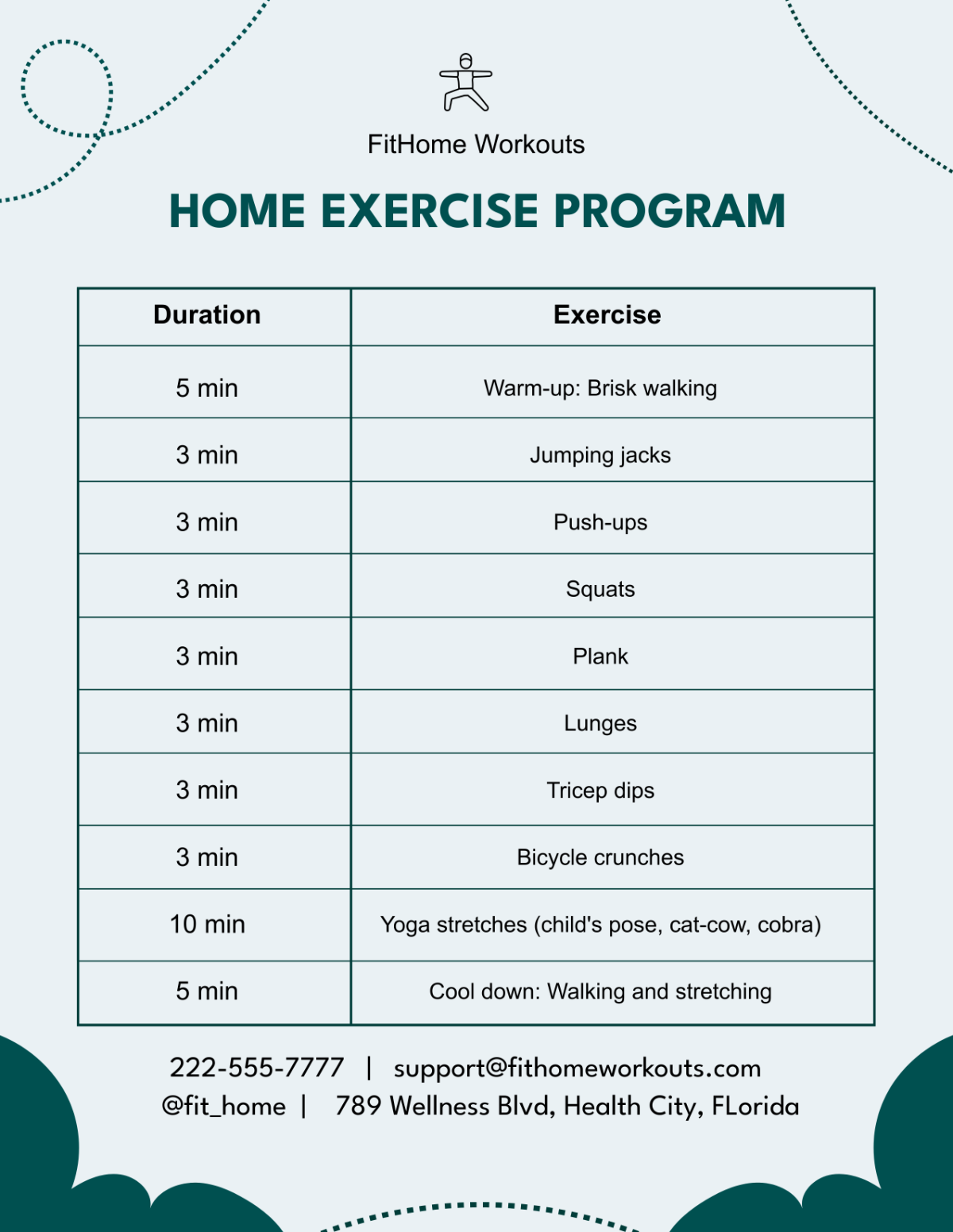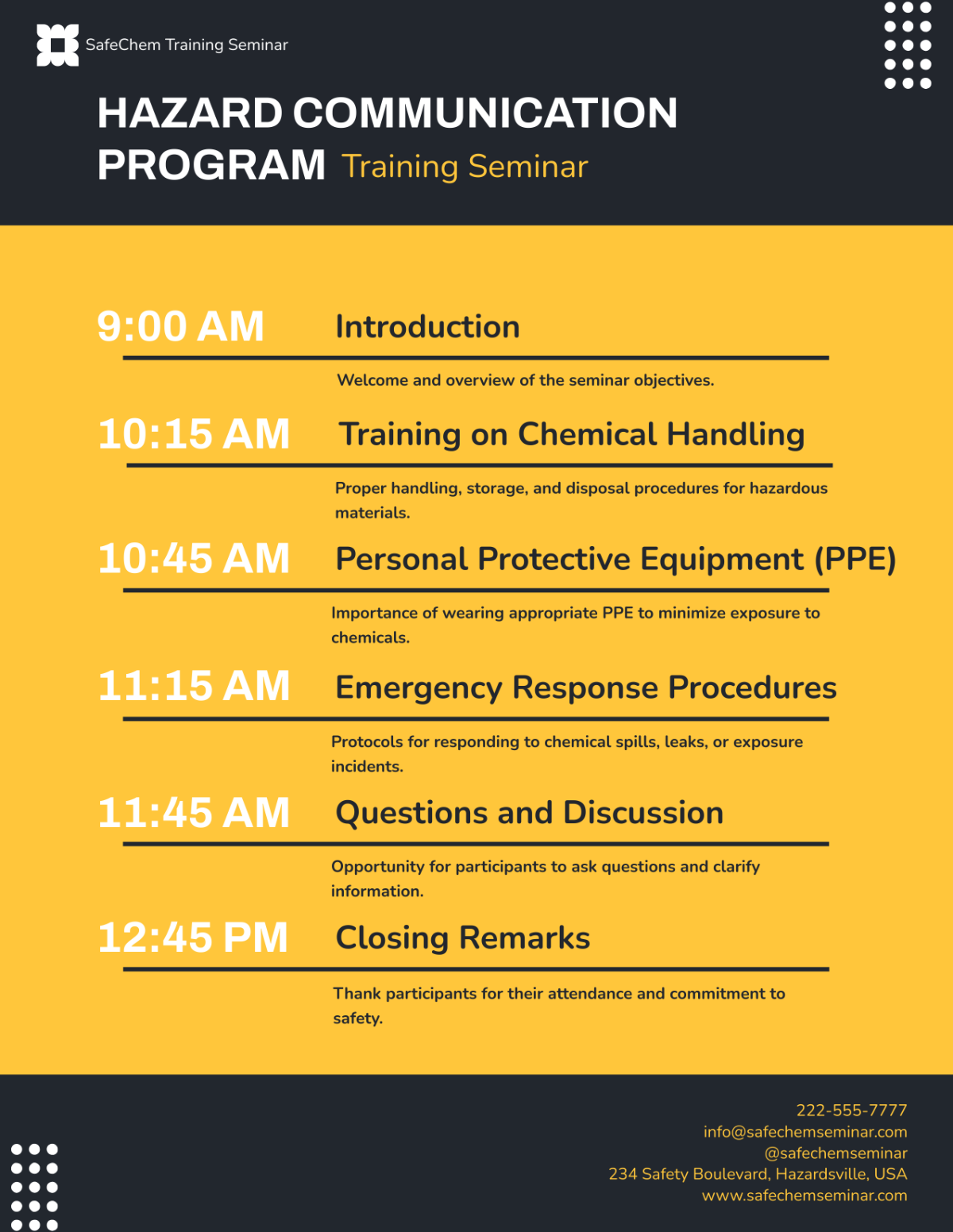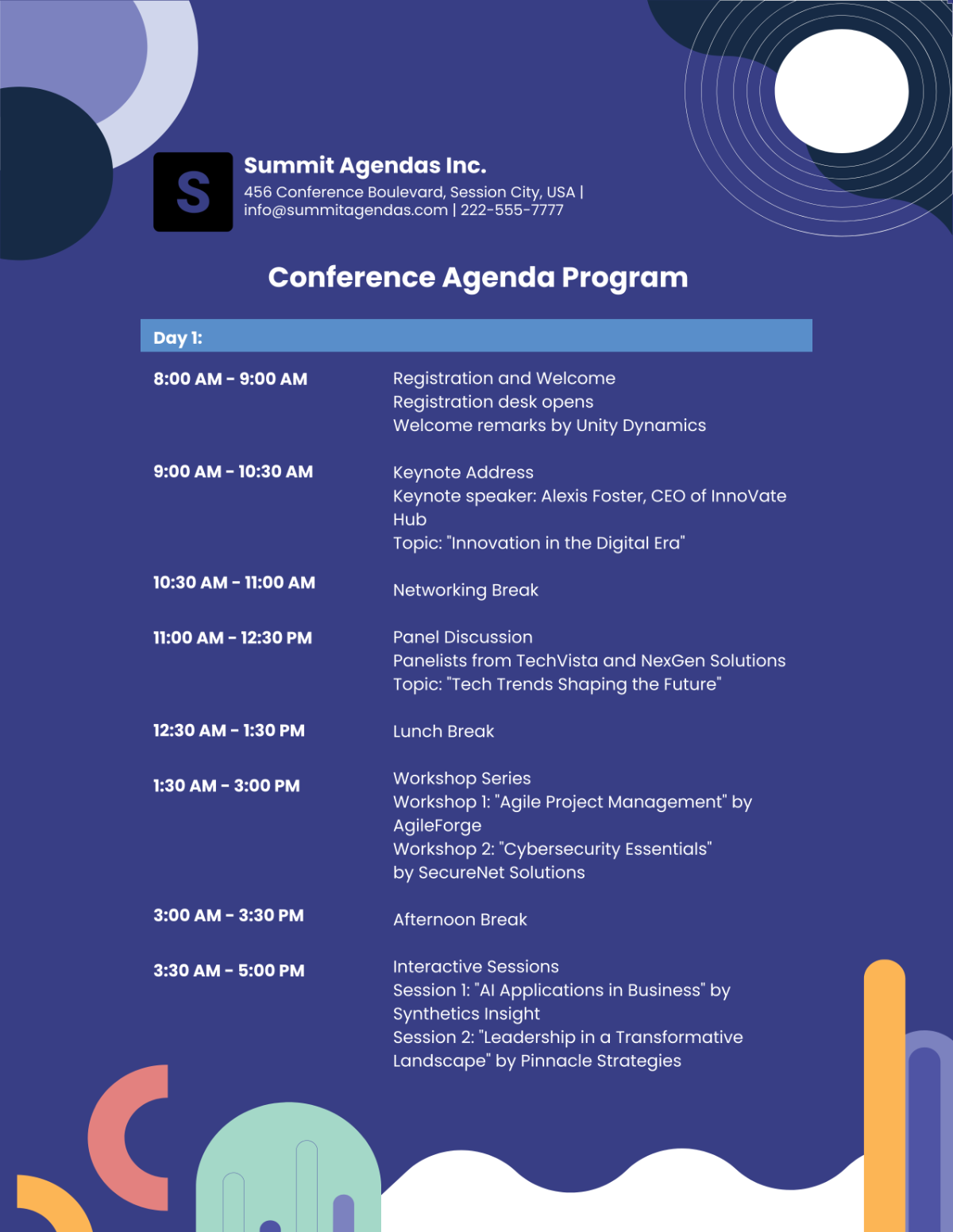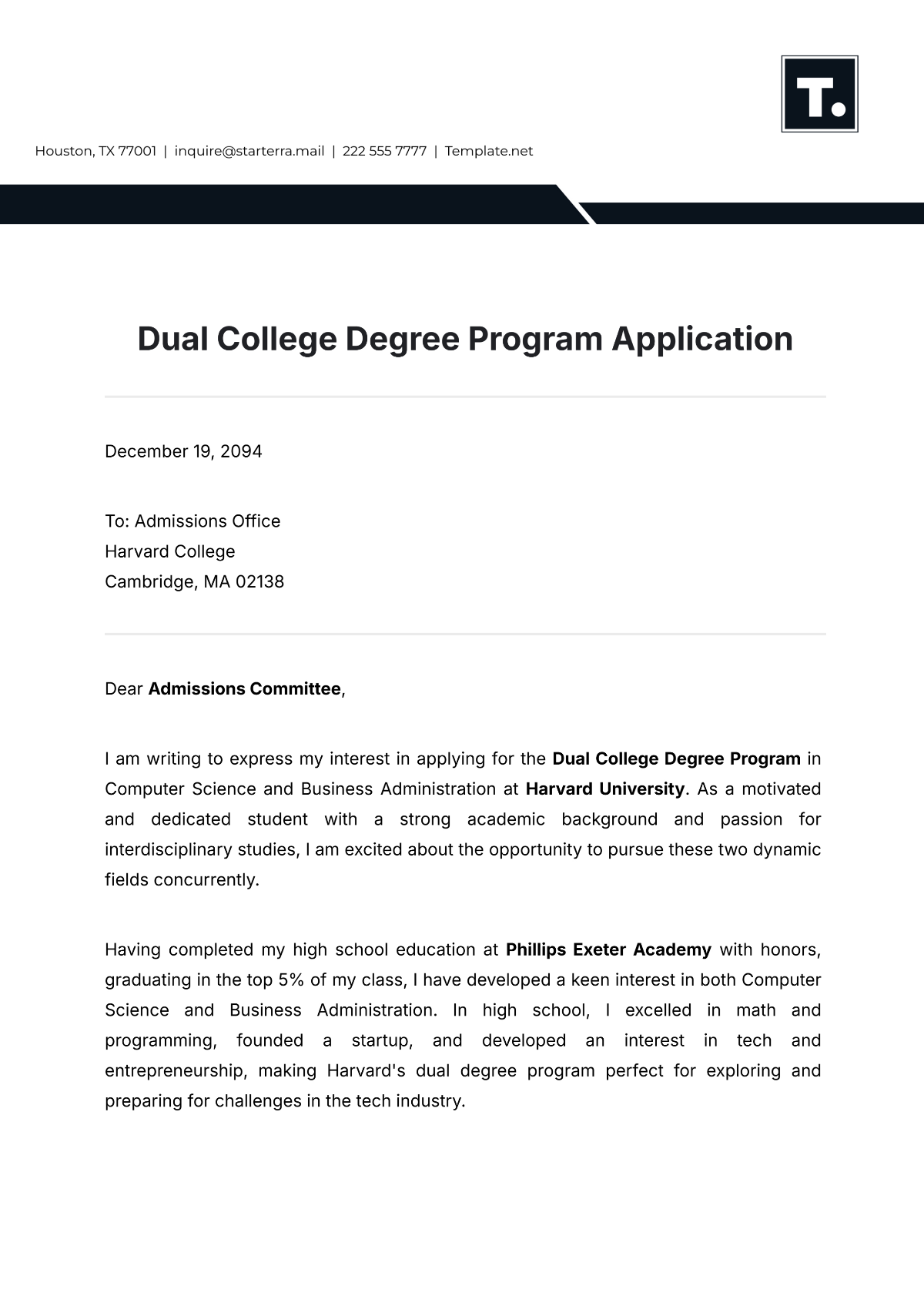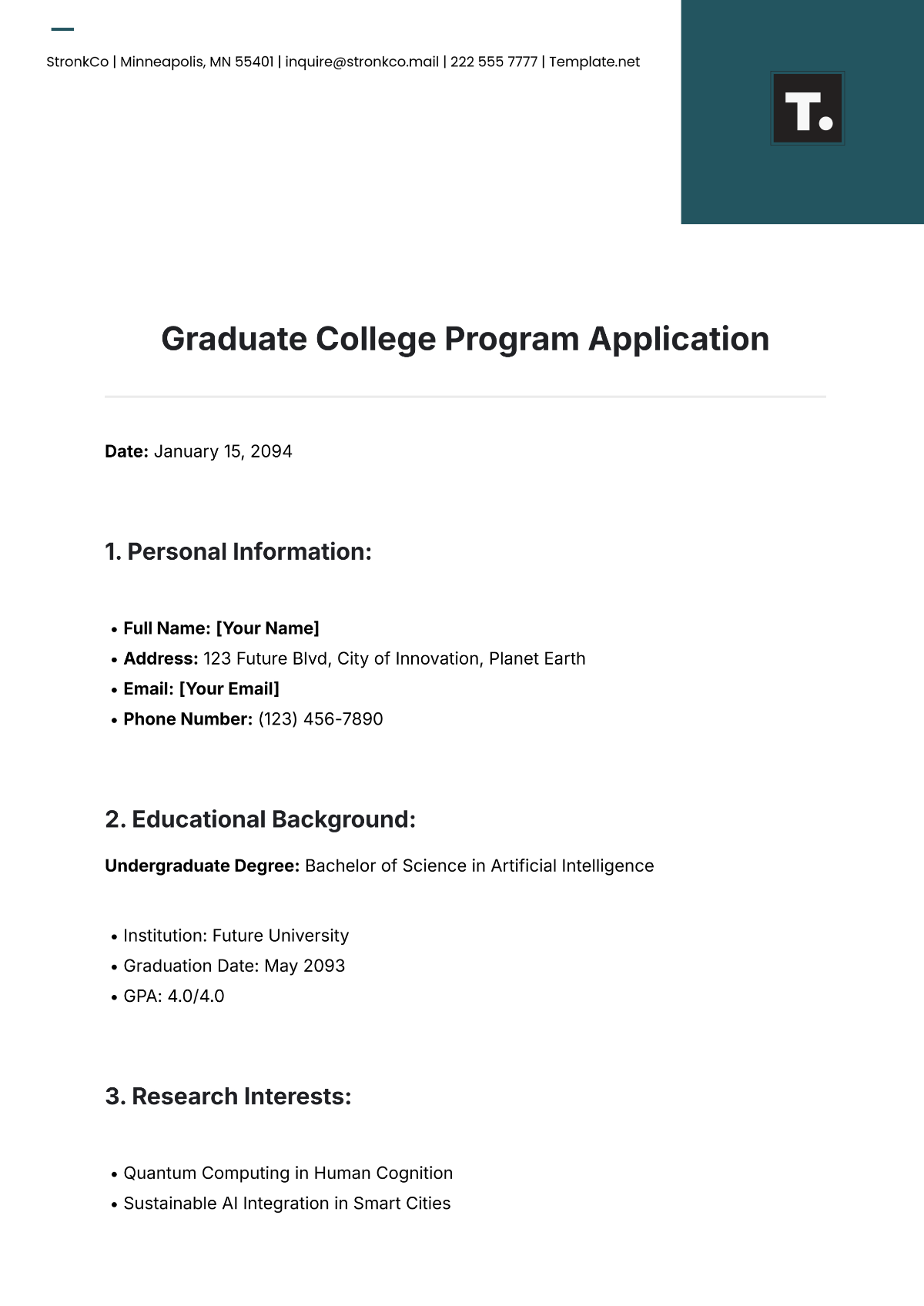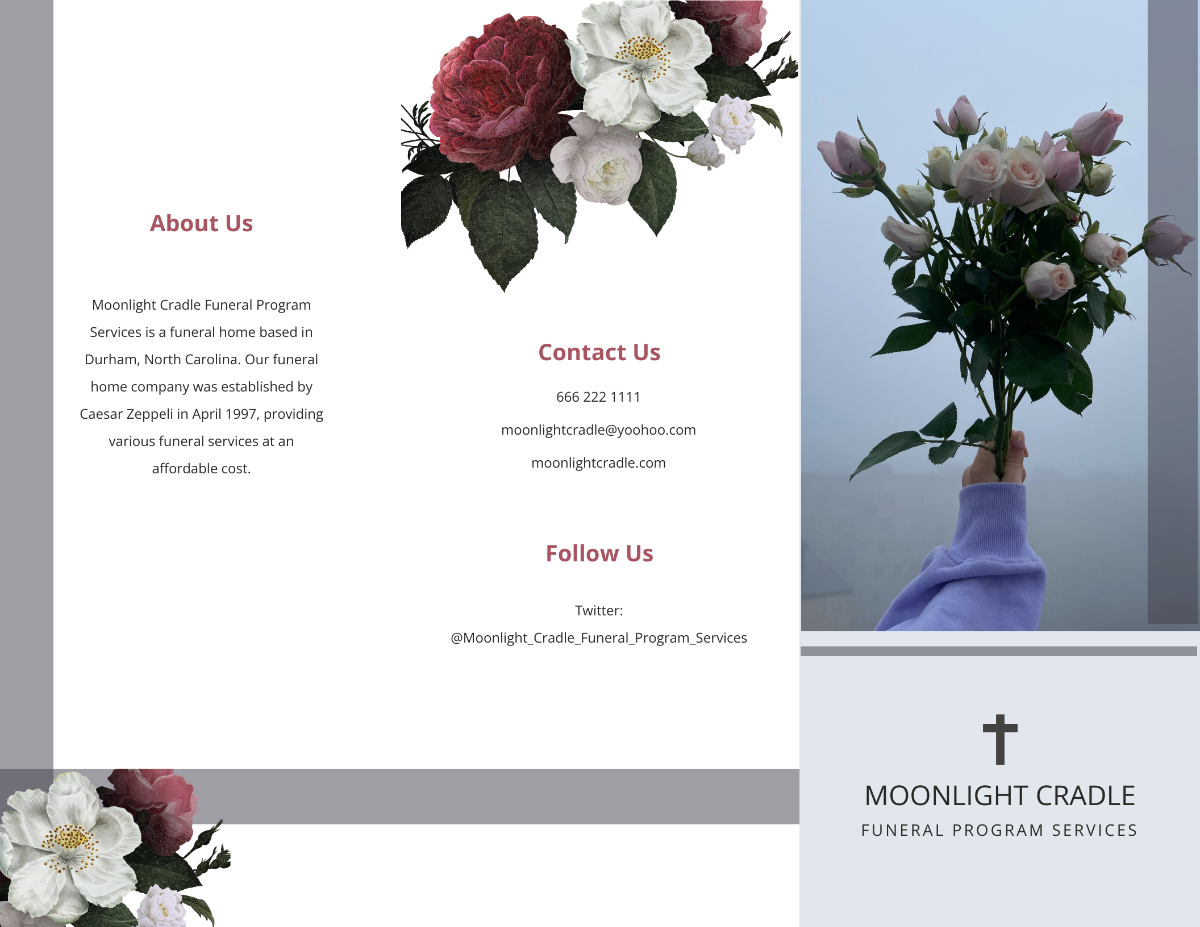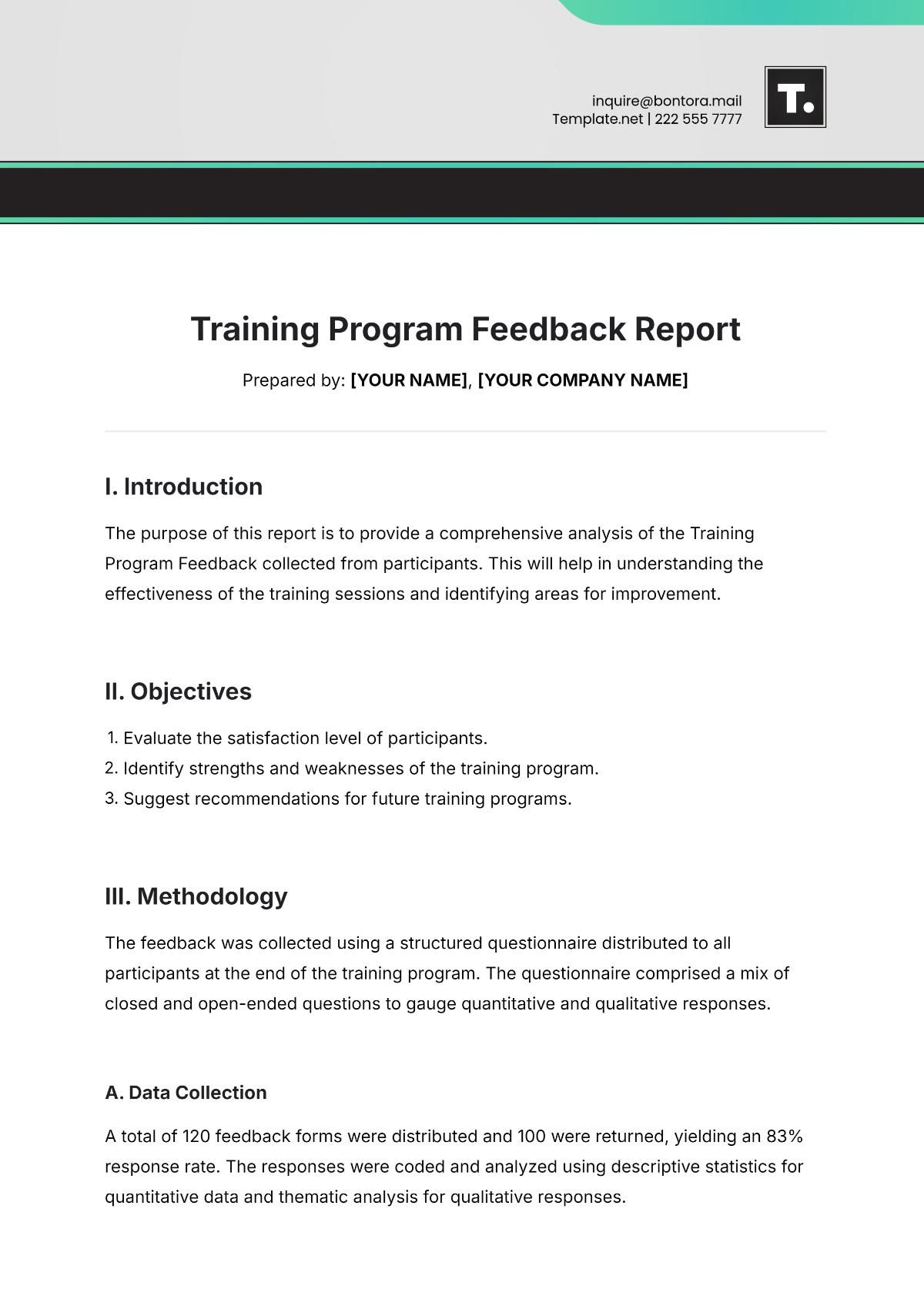PPE Program Outline
I. Introduction
A. Purpose of the PPE Program.
B. Importance of PPE in Workplace Safety.
C. Legal and Regulatory Compliance.
II. Program Goals and Objectives
A. Ensure the safety and well-being of employees.
B. Minimize workplace hazards and risks.
C. Establish a culture of PPE compliance.
III. Responsibilities
A. Management Responsibilities
1. Allocate budget for PPE procurement.
2. Set an example by wearing appropriate PPE.
3. Ensure PPE training and education.
B. Employee Responsibilities
1. Properly wear and maintain PPE.
2. Report damaged or inadequate PPE.
3. Attend PPE training and follow guidelines.
IV. PPE Selection
A. Hazard Assessment
1. Identify workplace hazards.
2. Evaluate the level of risk.
B. PPE Selection Criteria
1. Match PPE to specific hazards.
2. Consider comfort, fit, and durability.
3. Choose compliant and certified equipment.
C. Record Keeping
1. Document hazard assessments.
2. Maintain a list of selected PPE for each job/task.
V. PPE Procurement and Inventory
A. Procurement Procedures
1. Select reliable suppliers.
2. Establish a purchasing process.
B. Inventory Management
1. Regularly assess PPE stock levels.
2. Conduct audits to ensure availability.
VI. PPE Training and Education
A. Training Programs
1. Develop PPE training modules.
2. Conduct initial and refresher training.
B. Employee Awareness
1. Inform employees about the importance of PPE.
2. Provide written materials and resources.
VII. PPE Use and Maintenance
A. Proper Donning and Doffing.
B. Care and Cleaning of PPE.
C. Inspection and Replacement.
D. Reporting Damaged PPE.
VIII. PPE Compliance and Enforcement
A. Establish PPE policies and procedures.
B. Monitor and enforce PPE compliance.
C. Implement consequences for non-compliance.
IX. Incident Reporting and Investigation
A. Procedures for reporting PPE-related incidents.
B. Investigate incidents to identify root causes.
C. Implement corrective actions to prevent recurrence.
X. Program Evaluation and Improvement
A. Regular program audits and reviews.
B. Feedback from employees.
C. Adjust program based on findings.
XI. Record Keeping and Documentation
A. Maintain records of hazard assessments.
B. Records of PPE procurement and inventory.
C. Training records.
D. Incident reports and investigations.
XII. Program Communication
A. Regularly communicate program updates.
B. Promote success stories and best practices.
C. Encourage employee input and feedback.
XIII. Program Review and Revision
A. Schedule periodic program reviews.
B. Revise program as needed based on changing conditions.
C. Ensure ongoing compliance with regulations.
XIV. Conclusion
A. Reiterate the importance of PPE in workplace safety.
B. Encourage a safety-conscious culture.



